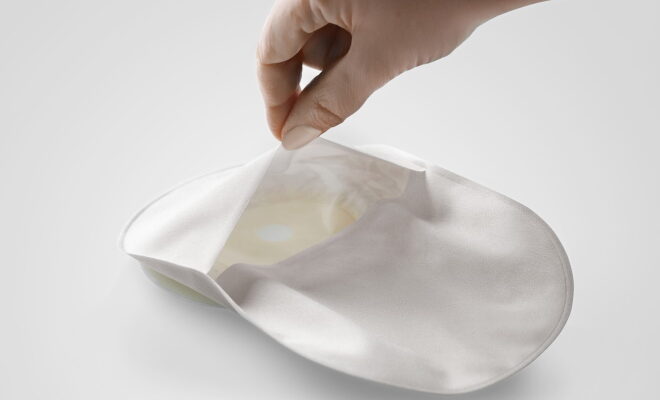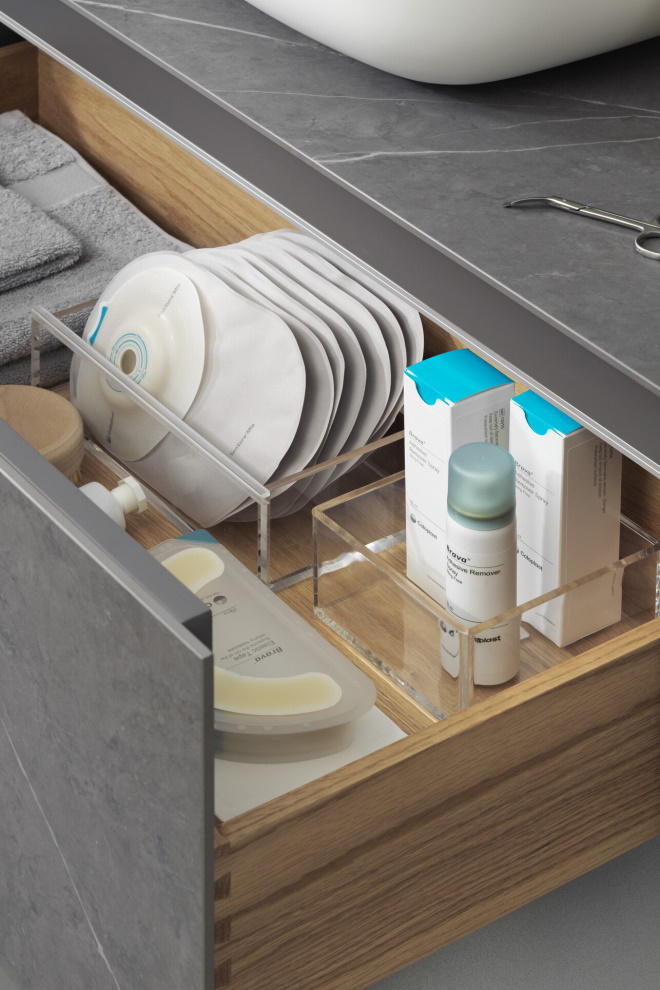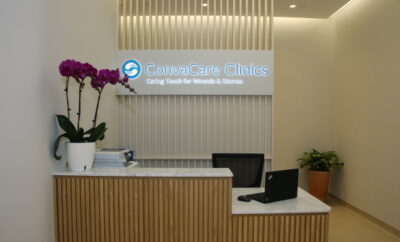
Health x Wellness
Adapting to life with a stoma
The ostomy procedure creates a stoma, and living with it post procedure can be challenging. These challenges involve daily care and maintenance as well as dealing with stigma. Brands such as Coloplast and the Ostomy Association of Singapore are helping with education and strong patient support.
An ostomy (or stoma surgery) is an operation that creates an artificial opening in the abdomen to allow waste and urine to leave the body. As a result of this operation, an artificial opening (called a stoma) is created, allowing faeces or urine, either from the intestine or the urinary tract to pass.
People who decide to undergo an ostomy are usually survivors of severe diseases such as bladder cancer or Crohn’s disease, or required an ostomay due to serious injuries.
There are three types of stomas related to the digestive and urinary system and these are colostomy, ileostomy and urostomy.
Adapting to life with a stoma is not easy. It is common for people who had an ostomy to feel isolated or self-conscious. They find it a challenge battling the stigma attached to people living with a stoma, while trying to achieve a certain quality of life.
Before I had my stoma surgery, I was very active. I go to the gym, meet up with friends and engage in a lot of social activities. But after the operation, I became concerned and worried because of the bad incidents I had with leakage after waking up and doing some heavy movement. Those times, I was not able to carry on and live my previous lifestyle.
Kam Beng Chong, a 52-year-old engineer has undergone ileostomy and recalls how hard it was for him to live with a stoma.
Coloplast is a manufacturer of stoma care products and recently launched the SenSura® Mio in Singapore.
Singapore is the first Southeast Asia country to launch the product. According to Coloplast, the SenSura® Mio range offers a regular, inward or outward body profile fit. It has BodyFit® technology, an elastic adhesive technology, that ffers the right fit with its ostomy appliances to avoid leakage and skin issues. It features a secure body contact for protection and a flexible fit during movement while providing a discreet pouch solution.

Many ostomy patients have irregular abdominal surfaces, making it difficult to find a secure fit between the skin and the ostomy pouch. The SenSura® Mio addresses this issue by adjusting to the curves of a patient’s body despite uneven surfaces due to hernia, scarring, skin folds or weight issues. Different variants of SenSura® Mio are available for all body profiles.
We discussed the challenges of adapting and living with a stoma with Alex Lintzenich, Cluster Country Manger of Coloplast Singapore.
the Active Age (AA): Can you expand more on the challenges that your customers face, as people who have undergone an ostomy or stoma surgery?
Alex Lintzenich (AL): Challenges can be three fold; physically – they need to get used to how their body and lifestyle will change as they adapt to life after a stoma such as potentially eating different foods, doing different activities, wearing different clothes. Emotionally, they need to deal with how life with a stoma changes their confidence as they might be shy or embarrassed of the stoma due to stigmas. Financially, the cost for treatment and follow up along with the consumable products is a big burden on patients and families as it is usually not covered by insurance or Medisave.
AA: From your perspective, why do people living with a stoma suffer a stigma?
AL: A lot of it is due to the nature of the condition which deals with faecal matter which generally does not have a positive stigma tied to it as it is seen as dirty and smelly. Additionally this is reinforced in entertainment and media as those with a stoma are typically shunned or shown as a gross condition.
AA: Why is Coloplast the solution for your customers?
AL: We don’t see Coloplast as a solution for our customers but a partner who can provide, educate, and support with the best products in the world to try and cope with the challenges in adapting back into one’s daily life. Our goals are aligned as we want to improve our customers quality of life and help them get back to the life they want to live.

AA: Can you share more about your ‘listen and respond’ approach to innovation?
AL: We believe that users understand what they need more than we ever could so we want to listen, be curious and ask questions and respond to see what we can do to best solve or overcome challenges that they encounter. It is important for us to put the customer in the center of everything we do so we can get a holistic view on what is most important for them and how we can best support from our end.
Images credit to Coloplast Singapore.







